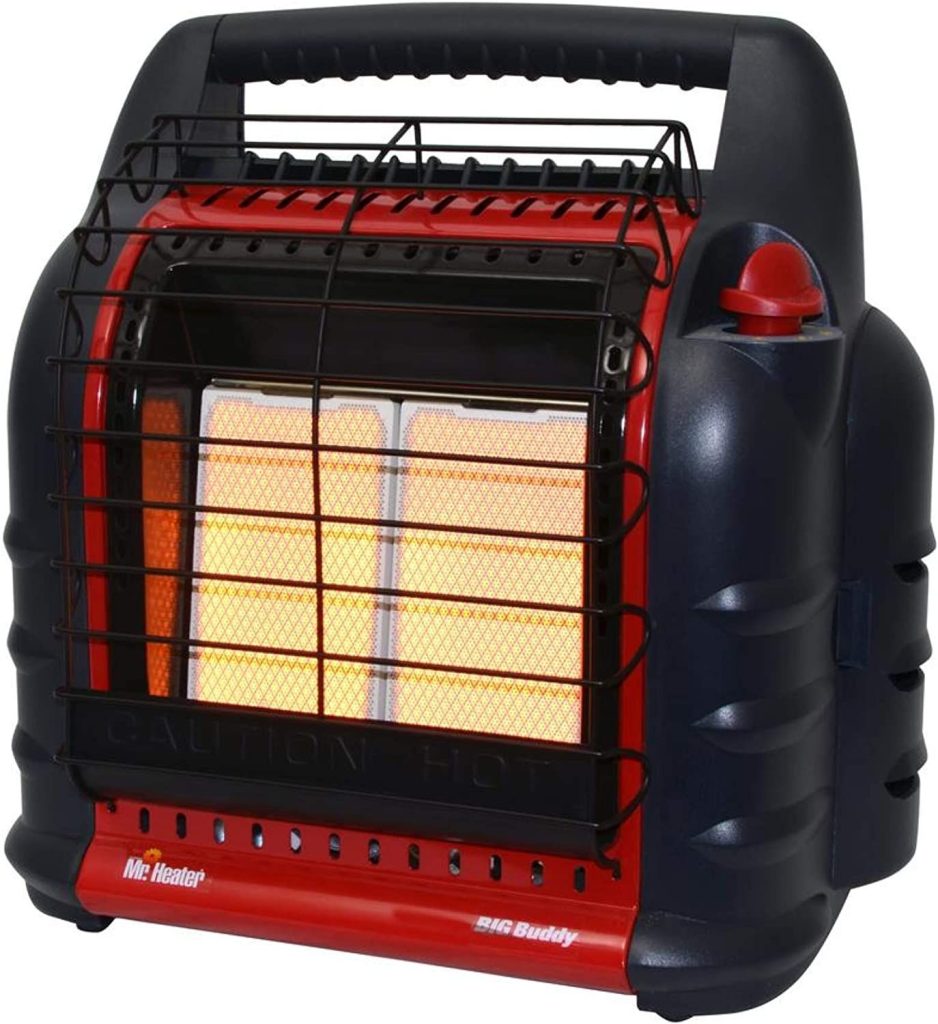I am a long time Eagle (electronics CAD) user and decided it was finally time to learn solid modeling for mechanical design. Learning any CAD package is a huge time commitment so even though I already subscribe to Fusion360 from AutoDesk, I value my time and want to invest it wisely so I researched several options. The choices came down to Fusion360 and Alibre Design. Alibre costs more and lacks some of the standard F360 features, but it is available for purchase rather than subscription which I find very appealing for reasons I’ll outline below.
What clinched the deal was my support interactions with the two companies. In the case of AutoDesk, I wanted to know if I could use their discounted CyberMonday pricing to renew my F360 license or if it was only for new customers. Their ‘no’ response took days and confirmed my fear about AutoDesk’s subscription model: it creates incentive to take existing customers for granted and focus only on new sales…more on that later.
By contrast, when I reached out to Alibre regarding some concerns with their licensing model, I heard back within a few hours (on a holiday Sunday!); first from a senior support person, a few hours later, their CEO responded to my question in their online forum, and the next day, I heard from their COO who worked out a creative licensing solution at no additional charge. Mighty impressive. Needless to say, I purchased the top tier Alibre Design package and don’t expect to renew my F360 subscription.
These customer service experiences echoed the experience I’ve had with Eagle CAD since AutoDesk acquired it. I purchased Eagle many years ago when it was owned by CadSoft. They released periodic updates and I bought them if and when they added value. AutoDesk bought Eagle 5 years ago, switched it to a subscription-only model, and integrated it with their new 3D modeling software: Fusion 360. In the intervening 5 years, Eagle hasn’t improved in any ways I care about; if anything, their push to move it into the cloud has made it slow and clunky. Glitzy but rarely used features help sales more than the routine features used daily by real existing users, but with the subscription model, vendors have little incentive to take care of existing customers…a great reason to avoid the subscription model.
I’ll post a review of Alibre Design once I’ve had some time to learn the basics, but if their technical quality is anything like their customer service focus, I expect great things.
Update Jan 2023: I really like Alibre Design. It’s easy to learn and use and is quite powerful. The YouTube tutorial videos are very good and now that I’m learning AD, I can see why everyone I know who does modelling tells me that the skills are easily transferable between programs: the concepts are what really matter and most of the tools (AD, SW, F360) implement them in similar ways.

